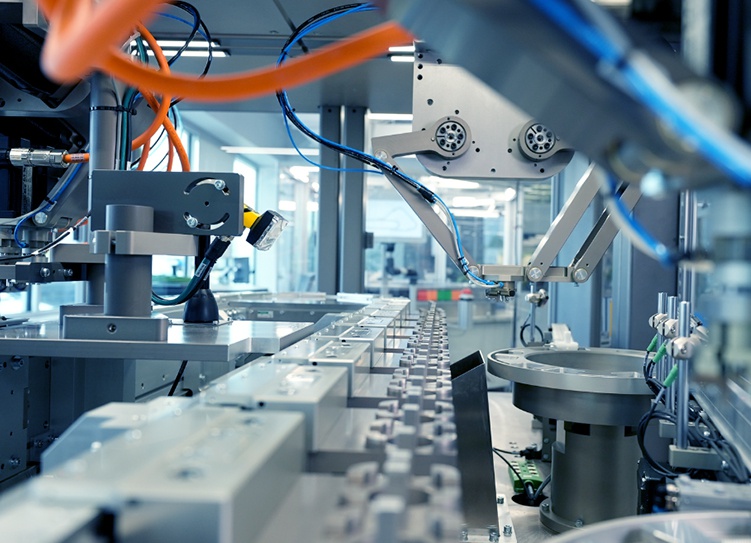Final Quarter, Full Speed Ahead: Leverage 2025's Last Window for Your Automation Projects
As we resume full operations following the National Day holidays, SWAN shifts into high gear for the final quarter of 2025. With just over two months remaining in the year, this period is critical for industrial enterprises worldwide to finalize projects, utilize remaining budgets, and secure their supply chains for a strong start to 2026. The fourth quarter is always a race against time. Planning now is the most effective strategy to avoid the common year-end challenges of component shortages, shipping delays, and production hiccups. "Our success is built on the trust and partnership of our clients," said Eric, CEO at SWAN. "The final quarter is not just about closing our books; it's about ensuring our partners can close theirs successfully. We are fully mobilized to help our customers secure the essential automation components they need to meet their year-end goals." To support our global partners, we are focusing on two key areas for the remainder of 2025: Ensuring Project Completion: We are prioritizing orders for critical components—including Rockwell Allen-Bradley, Siemens, ABB, Schneider Electric, and Honeywell PLC/DCS modules—that are needed to keep production lines running and projects on schedule before the year-end shutdowns. Facilitating Year-End Budget Spending: For companies looking to efficiently utilize their 2025 procurement budgets, we offer competitive pricing and authentic, guaranteed components, providing outstanding value and securing inventory for Q1 2026. A Call to Action for Proactive Planning We encourage all our partners and prospective clients to review your project timelines and inventory needs for the remainder of the year. Submitting your BOM (Bill of Materials) or list of required part numbers in the coming weeks will ensure we can provide you with the best possible service, pricing, and delivery timelines. About SWAN SWAN is a trusted partner in industrial automation, specializing in providing authentic and cost-effective PLC, DCS, and drive system components from leading global brands. We are dedicated to helping our clients minimize downtime, reduce costs, and secure their supply chains through reliable sourcing and expert service. Hot-selling Models 3BSE013177R1 LDGRB-01 440R-W23218 TB807 RLM01 3BDZ000398R1 80190-560-01-R TB850 SA801F 3BDH000011R1 086368-002 DAI05 SD802F 3BDH000012R1 3BSE005176R0001 DAO01 23AA20 1KGT004100R5101 SDCS-IOB-21 RFO810 23BA20D GSNE000700R5312 SDCS-POW-4 COAT RFO810 23BE23 1KGT012100R5001 SPBRC300 RMU811 2CDS272001R0104 SPBRC300 RMU811 3ABD00038936 SPIET800 4943013-6 3AUA0000106890 SPNPM22 NPM22 AI820 3BHB003688R0101 3ADT315100R1001 CI820V1










